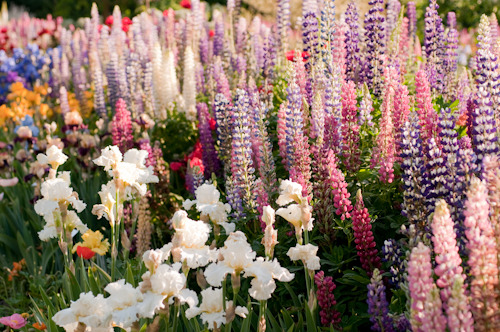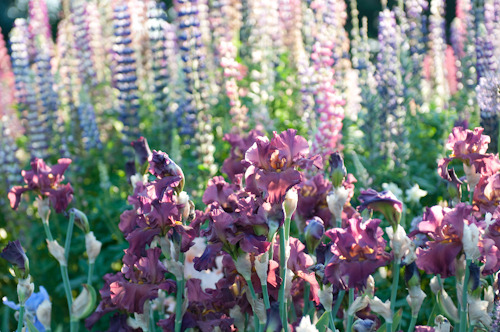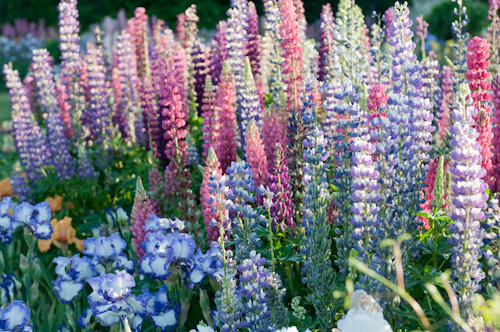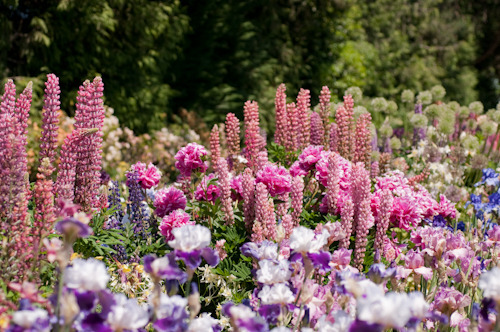Text



happy spring y’all ✌🏼
Pics taken at Roger Williams Zoo in Providence, RI
9 notes
·
View notes
Text

National Archaeological Museum (MANN) in Naples, Italy
2K notes
·
View notes
Text




Visited The Plant Group’s greenhouses and I’ve... never seen so many plants??
5 notes
·
View notes
Text
the phrase “curiosity killed the cat” is actually not the full phrase it actually is “curiosity killed the cat but satisfaction brought it back” so don’t let anyone tell you not to be a curious little baby okay go and be interested in the world uwu
2M notes
·
View notes
Text

Awesome opportunity to attend the Fair Trade Campaigns National Conference in Chicago, exciting planet-saving stuff!!
1 note
·
View note
Text




Parsley sprouts, the first pepper seedling, some ~thicc~ microgreens, and February flowers??
5 notes
·
View notes
Text
Annihilating the Capitalist Self (5 Min Read)
Hi I don’t normally post things like this on here but I watched Annihilation (2018) and also had do some readings for class on bamboo, artisan production, and commodification so I came up with this reading response?
*This reading response contains spoilers for the movie Annihilation (2018)*
It might seem strange to start a reading response with a movie synopsis, but Annihilation has given me a new lens through which to think about plants, people, and our shared environment this week. The movie centers on Natalie Portman, an army biologist who volunteers to enter a dangerous area called “The Shimmer” in the hopes of finding what caused her husband, who had been deployed to the area previously, to return from the region with serious injuries. Over the course of the film, it is revealed that The Shimmer acts as a prism, refracting everything within it – including light, radio waves, and DNA. The result is an environment filled with monstrous hybrids: deer with plant antlers, bears with human voices, alligators with shark teeth. The cause is difficult to define (for reasons that are too complex to delve into here), but my interpretation is that the refraction stems from the presence of an alien being which blurs the lines between life and death, creation and destruction, construction and ~annihilation~.
The movie has been described as a commentary on topics ranging from depression and creative self-reflection, to “the human condition” and even cancer. I bring it up here for two reasons: first, because I believe it doubles as a commentary on human impact on the environment and our supremacy through domestication (though the interest of space I’ll save this theme for a rainy day): second, because I believe that placing bamboo, humans, and the alien in Annihilation in conversation leads to a different way of looking at life, creation, and capitalism.
My first point of comparison was the different notions of “self” that each actor represents. When Farrelly describes bamboo as “members of a system of inter-survival, a tuft of giant grass: sharing, cooperative, striving for the common good of the grove, gathering food and drink in root and leaf, storing it in rhizomes, to be sent then to the ‘bamboo kids’” (Farrelly, 6), he paints a picture of disinterested, mutualistic cooperators that “became a proverbial symbol for resilience in adversity” (Farrelly, 8). But when compared to the alien in Annihilation, the portrayal of bamboo as “disinterested” seems inaccurate. Bamboo consume, grow, and die: they reproduce, spread, and evolve. The “self” of bamboo is situated at the level of the grove (at least in Farrelly’s interpretation). The alien is never shown to consume, grow, or die; it never reproduces, only produces; it cannot evolve and only reshuffles existing genes. In these ways, it is presented as “self-less”. But what of humans? Humans are presented as being more self-interested than the alien, but less than bamboo? Equal to bamboo? In some ways, humans are also “members of a system of inter-survival”, “sharing, cooperative, striving for the common good of the grove (community)”. In one sense, the “self-ness” of humans can also be situated at the community level.
But in another light – a more selfish light – humans have created a culture and approach to the natural world that more closely mirrors the world of The Shimmer. Some similarity exists between the alien’s ability to reshuffle the material world around it and the human ability to exploit nature. When agro-industries “transform plant material into a useful commodity by extractive and physio-chemical processes” (Daniels, 6), a prismatic transformation occurs: a refraction of existing material informed and effected based on anthropocentric needs. Daniels also argues that this “refraction” constitutes “a common pool of technological know-how, a technological tool kit so to speak, which the Chinese could draw on when cultivating and processing agro-industrial crops.” (Daniels, 6) This toolkit is essential to human life and was perceived as essential by Confucians, who “consistently viewed agriculture as the fountain-head of social stability and general prosperity in the Empire “ (Daniels, 30). However, one could argue for a distinction between the alien and human effects on the environment in that the alien’s effect on the environment is not connected to “selfish” ends. “The Shimmer” simply is, which is in part what makes the film so disturbing. Throughout the movie, the agency of humans is depicted as a fundamental distinction between the forces of The Shimmer and those of the natural world.
I argue that this distinction is blurred, if not erased, by capitalism. First, capitalism is a similarly impartial, “self-less” force that augments and reshuffles the world around it. The capitalist economy does not consume, grow, or die. (What we term “economic growth” is simply the expansion and intensification of commodification.) In similar fashion to The Shimmer, the effects of its mutations are more dramatic as proximity to the source increases. Pure capitalism allows nothing other than production, replication of existing forms. Just like the alien, capitalism consolidates a diversity of forms into singularities. For example, whereas the technology of sugar production in China was once disseminated among artisan workers and “could be extracted and
processed into a great number of forms” and “was widely used in China in medicine, magic, ceremonies, preservatives, and confectionary” (Daniels, 11), knowledge of sugar working is now relegated to distant forces and the forms of sugar available to consumers are few, commodified, and impersonal. And, like Annihilation’s alien, capitalism is a force of both consolidation and fragmentation that threatens to destroy competing notions of self if left unchecked.
1 note
·
View note
Text
if plants give us oxygen, then aren’t plants really the ones farming us, feeding us their food(oxygen) until we eventually die and are put into the ground, which they then consume.
2K notes
·
View notes
Text



One hundred pepper plants, four trays of microgreens that are still alive, and flowering tomato plants :)
34 notes
·
View notes
Text

Back at it again! A little early for tomatoes I know, and this is round 2 for the microgreens, but it’s better than no greens at all!
9 notes
·
View notes
Text
Spider plant, spider plant
Does some things that spiders can’t.
Clones itself in a pot
Makes the air fresh when it’s not.
I’m… gonna steal this spider plant.
22K notes
·
View notes
Text



Happy New Year! Some planning pictures I forgot to post before the holidays. Hoping my boss will agree to find the greenhouse aquaponics system I’d like to build in the spring - fingers crossed!
0 notes
Text




Want to grow cold-sensitive plants in a glass greenhouse during New England winters? Why not try a greenhouse ~within a greenhouse~ ?? Let’s see how my tomato sprouts hold up 👀
6 notes
·
View notes
Text





Some permaculture-inspired greenhouse projects! Moved some sprawling plants to hanging baskets and angled window boxes and lettuce beds towards the sun for maximum insolation. I repotted my lemon balm and it’s taking off, and my spinach is getting ready to seed in the dead of winter! It all adds together to make shorter days a little more tolerable.
2 notes
·
View notes















